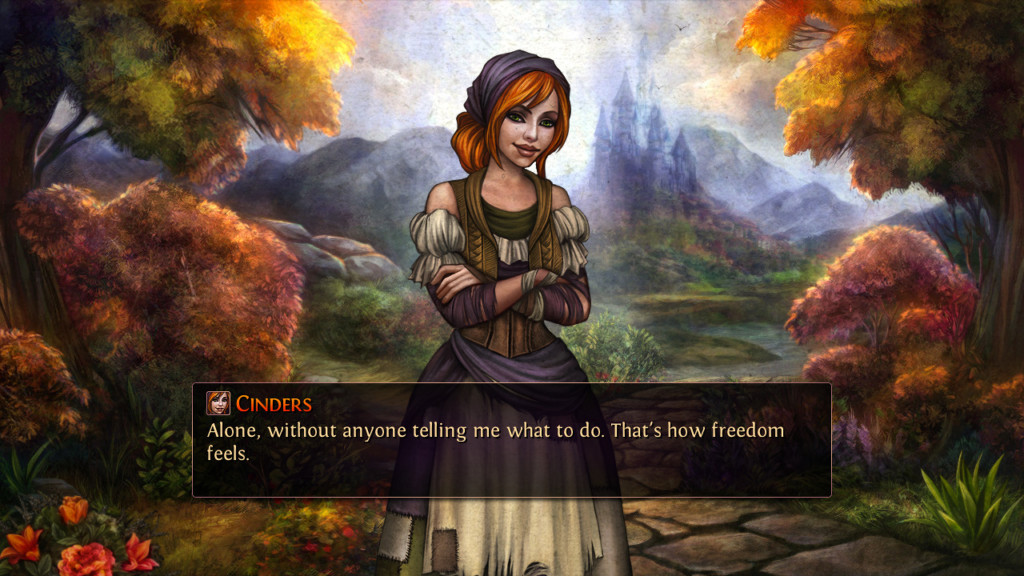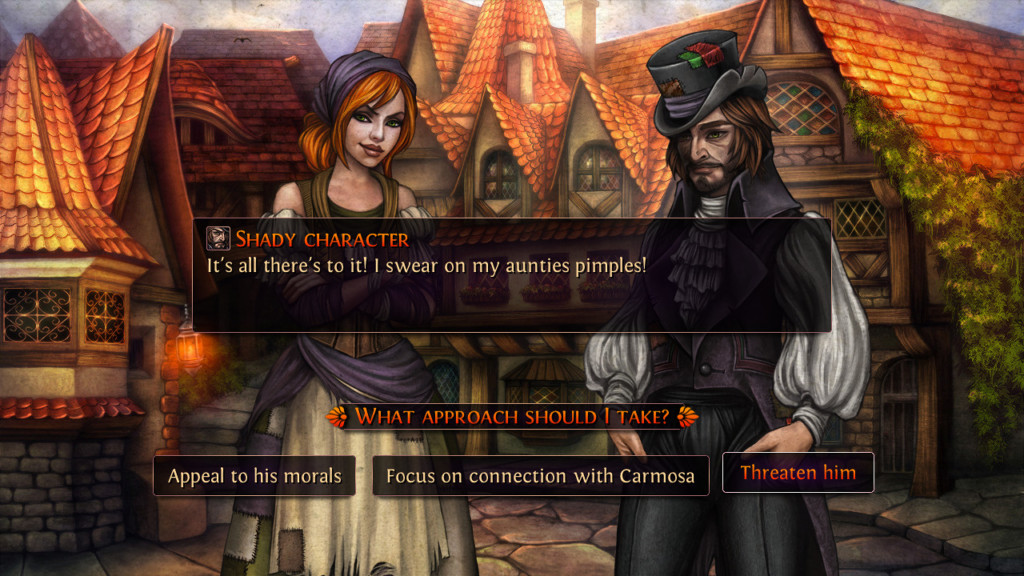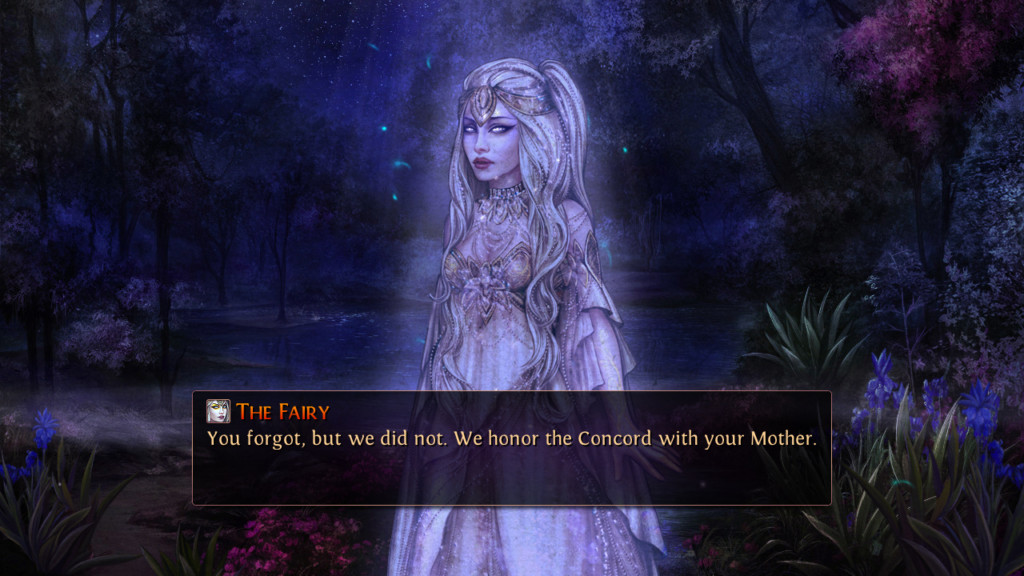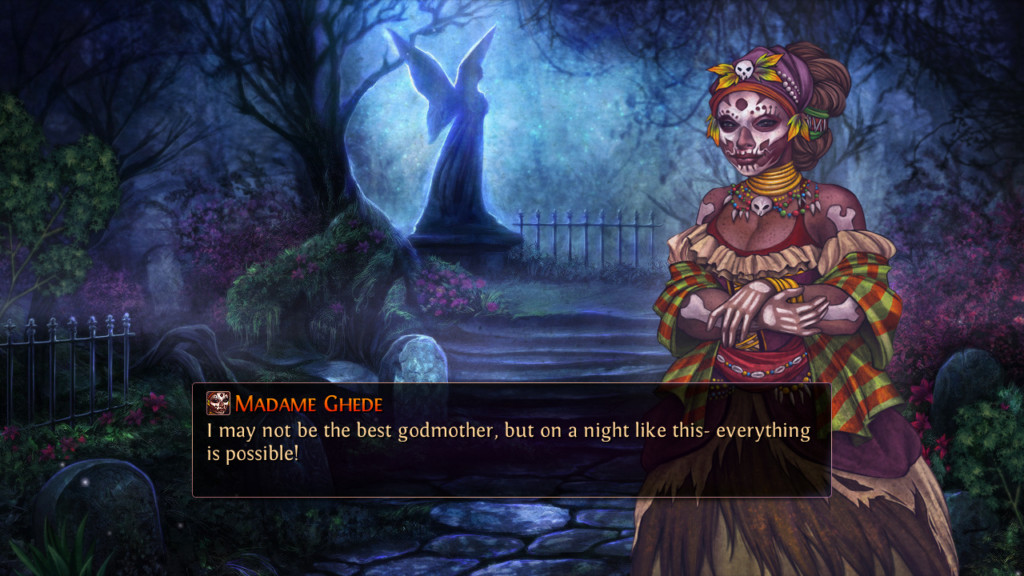[Review] Cinders – Nintendo Switch

Cinders
Nintendo Switch
Reviewed by Josh Brant
Developed By: MoaCube
Published By: Crunching Koalas
Category: Visual Novel
Release Date: February 14, 2019
Unless you’ve been living underneath a rock, you’ve probably heard of the Disney classic Cinderella. Well, developer MoaCube is looking to expand on this legendary tale with their whimsical visual novel Cinders.

The story begins following the death of her father, Cinders is adopted by her cruel stepmother and made to be a house servant. Dealing with abuse from her new family, she wishes for a better life but this time around there is a price to be paid for it and in order for her condition to improve it will take every ounce of her wit and resourcefulness. However, is fate out of her control as she tries to figure out what happiness is really about.
After playing through the main story and doing some research on Cinderella fairytale dating back to ancient China and all the way up to the Disney version, this is one of the best adaptations of the Cinderella narrative formula. Putting aside the mystical tendencies of some versions and instead reaching for the practical was the best case scenario for the tale of Cinders. The developers have managed to craft a great, if non-fallible, heroine or anti-hero depending on your choices through the adventure.

As for Cinders family, it would be unwise to say that disturbed mother Lady Carmosa and her stepsisters Sophia and Gloria have done a complete 180 from their historical counterparts. All of the antagonists have an edge to them that lends well to their character arcs and are closer to what their time period would have been like instead of just outright evil for the point of being the ‘bad guy’. This is a fascinating take on how women have survived in a time when parents were not exactly conducive to their survival and well worth a playthrough for the story alone.
With the supporting cast, I especially liked Prince Basile who in this version is more of a political maverick who has his own ideas about modernizing society. Technically his story on how he developed the idea for the Grand Ball makes him just as vital as the sisters to the plot which shows how they’re both like minded, as well as how their idea clash with the world around them. Right behind the Prince, is Cinders childhood friend Tobias who offers helpful advice throughout the story. Also, there is the Captain of the Guard who was betrayed as a weary warrior trying to keep up with the time.
Of course it wouldn’t be a Cinderella-like story without fairy godmothers and Cinders features two: Madame Ghede and the Fairy from the lake. I liked how they were both handled and how grounded they were despite the more mystical nature to their characters. Though I find the choice of which one to pick a favorite from as poorly presented, as I would have liked to see more of Madame Ghede’s backstory if only because she seemed to be the most complex to the cast. The Fairy of the lake holds true to many of the older fairy stories that would have scared many young children hearing these tales before Disney cleaned them up.

In Cinders, not only do your decisions affect how events in the story unfold—they affect the person Cinders ultimately becomes. For example, when your sisters are mean to you, you can either try to placate and/or sympathize with them, or you can increase their animosity toward you by telling them to go jump in a lake. Every decision is meaningful—as evidenced by the fact that I often found myself hesitating in the face of a decision, fearful I might make the wrong choice. Fortunately, you are able to save as any time, so you can save right before making a choice if you don’t like the outcome one may present.
As great as the story is, the stylization is not always perfect and some of the dialogue can be somewhat on-the-nose and come across as wooden through their voices. I could see some of the dialogue coming across as too preachy and exposition can last far too long with one character at times. It could have been more subtle in order in order to let a character come to whatever conclusion they needed to on their own instead of having the player try and interpret every little meaning to the narrative.
Outside of reading through the story, once you get to the end when the Ball Room dance happens, Cinders is over in the blink of an eye. While it does have a decent length of about 8-9 hours depending on your choices, I was left with a few more questions than answers I would have hoped for. It’s almost like there should be a sequel given how it ends, but considering Cinders first came out in 2012 for PC and now is finally out for Nintendo Switch, we may never get that resolution.

Presentation-wise, Cinders is hands-down one of the best looking English visual novels to ever grace consoles. Illustrator Gracjana Zielinska has done an amazing job taking her art style and translating it into the gaming medium, bringing to life the characters and world around them. All of the characters look fantastic, backgrounds are highly detailed and fit the time period, and it’s just like a fairytale had come to life right out of your Switch. Not only is the art direction gorgeous, but the soundtrack by Rob Westwood is done extremely well and outside of a few moments where a track may have been out of place, it stands as a strong original soundtrack.
Overall, Cinders was an unexpected delight to experience with a great narrative and well-written characters. There is a beauty to the storytelling and art style that not many other games can replicate. If you’ve been waiting for a different type of visual novel, Cinders is a great place to start and is an exceptional example of the genre.
4/5





Buy Cinders
$19.99
Be sure to follow MoaCube

Also follow Crunching Koalas







![[Review] Circuit Dude – Nintendo Switch](https://theswitcheffect.net/wp-content/uploads/2020/10/Circuit-Dude.jpg)
![[Review] Deru – The Art of Cooperation – Nintendo Switch](https://theswitcheffect.net/wp-content/uploads/2018/11/DERU-The-Art-of-Cooperation-Free-Download.jpg)
![[Review] Parasol Stars – Nintendo Switch](https://theswitcheffect.net/wp-content/uploads/2024/07/b93f0d0c9f35a857e8d7ebd8903f28531220a7b0c5a63a2ae7d5a4c99b7fa912.avif)